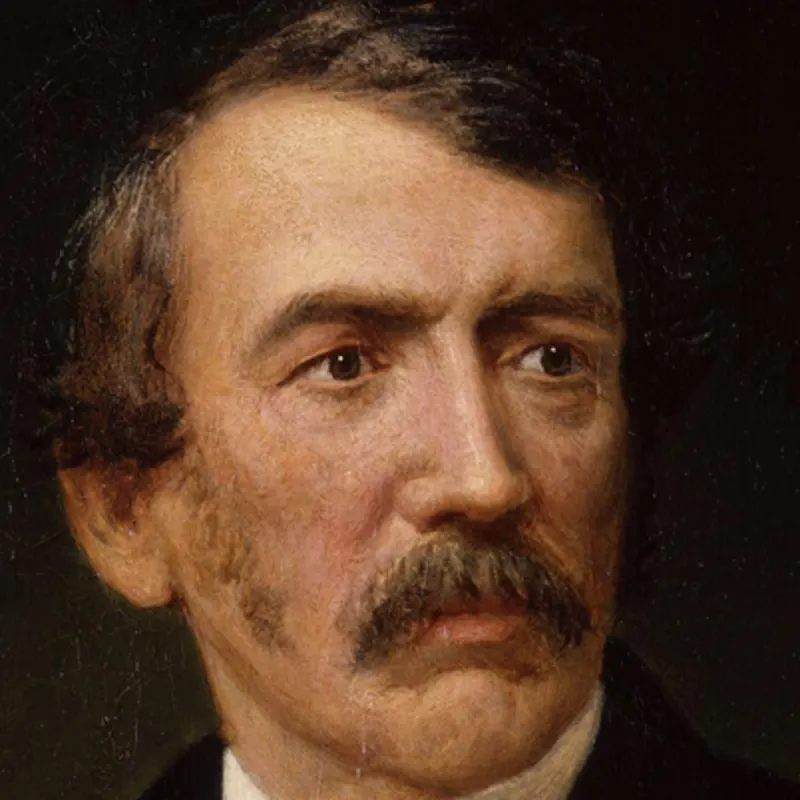TALKS
Our popular WHS Talks are held at the Balsam Centre, Balsam Park BA9 9HB (accessed from Memorial Hall Car Park), usually on the last Wednesday evening of the month.
Doors open 6.30pm with the talk starting at 7pm. Our 9 talks throughout the year range widely, covering local and national topics such as the Roman Villa at the Newt, life of a local vet in 20th century, restoration of Earl of Shaftesbury’s house, the Nuremburg Trials.
A brief round-up of previous talks are available if you click the “Previous Talks” button further down this page.
The programme is being constantly developed so do revisit this site, check out our Instagram or Facebook and look out for our eye-catching posters in various locations around the town advising forthcoming subjects.
Entry Charges (per person):
Members and under 18s: free
Non-members: £10.00
From time to time Special Talks are being booked. The venue for these is the Memorial Hall. Last year we heard from John Blashford-Snell, and enjoyed a live performance of Flamenco dancing. Charges for these talks differ from the standard Talks charge. Keep an eye on this site for details.
Special Talks (per person):
Members: free (donation welcomed)
Non-members: See listing for prices


John Blashford-Snell: The Legend of Livingstone
22 September 2023 @ 19:00 - 21:30
| £15Many or most have heard the quotation “Dr Livingstone, I presume” and, indeed, that is how John Blashford-Snell started his lecture, with a black and white film clip of the 1939 version of those events. But how much more there is to the Livingstone story we steadily learned in the course of the detailed presentation.
Of necessity, ten year old Livingstone started work in a textile mill, but studied during and after his 14 hour working day, to the point he went to University, studying medicine and chemistry. Religion played a significant part in his youth and this along with his academic qualifications readied him for the life of a missionary.
Fired by the growing swell of anti-slavery sentiment, which became a lifelong tenet, Livingstone went to Africa in 1840. Trekking well into “the Dark Continent” as it was then called, he started his work alongside those already there. An enquiring mind plus care and concern for his fellow humans, led him to journey further and further. Maps showed us the routes and long durations of his journeys over a period of more than twenty years, firstly to the west coast, arriving at Luanda in Angola, then to the east coast, meeting the sea at the mouth of the Zambezi. As we all know he discovered what we know as Victoria Falls, in modern day Zimbabwe.
But he did so much more, as we learned, all recorded in long letters and reports on all aspects of the land, the people, the conditions, etc, sent back to the London Missionary Society. These were published to an increasingly interested populace: in the days when the only medium was printed, this published news of his activities turned him into a major figure – nowadays a ‘celebrity’. He was much in demand as a public speaker on his trips back to Britain, feeding the vibrant thirst for knowledge that was a hallmark of the Victorians and adding his voice to the anti-slavery lobby. But always he returned to Africa.
Images of events during his journeys, such as drawings of an attack by a lion, which left Livingstone with an arm injury that affected him lifelong, and of the struggles to get boats past river obstacles by dragging them overland, as well as meetings with local rulers and their people, all accompanied by appropriate soundtracks, brought these events more vividly to life for an audience used to the instantaneous, mobile reporting of today.
We learned of the more personal side of a dedicated man. Treatment of the arm injury led to meeting the daughter of another missionary: this lady became his wife. Several children followed and much of their family life was spent in Africa, although, eventually, Mary and the children settled in Britain while Livingstone continued working in Africa where he died in 1873.
Among the many illustrations were some from John Blashford-Snell’s own explorations in Africa. These and his imparted personal knowledge of the conditions and obstacles to such journeyings, albeit Livingstone’s were a century or so prior to those of the Colonel, gave a depth to a story which to many has been a collection of “broad brush strokes” on the written page. A real treat for the attentive and appreciative audience.
